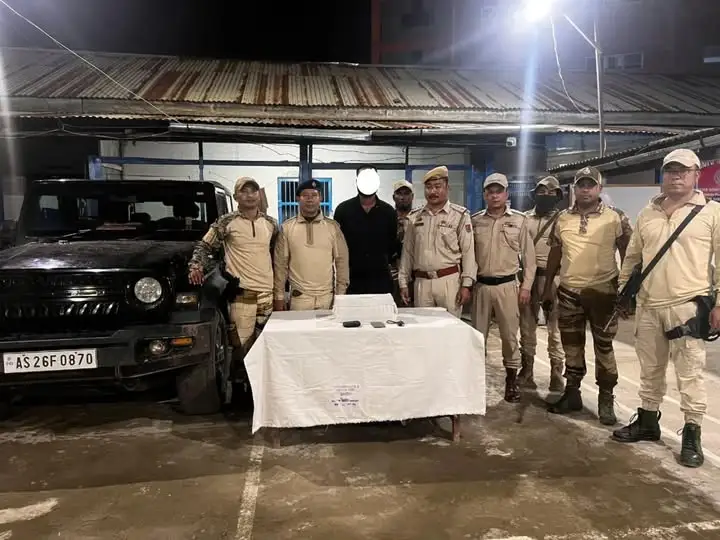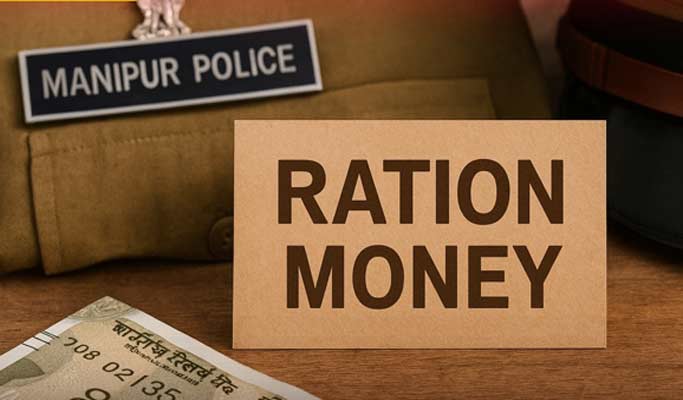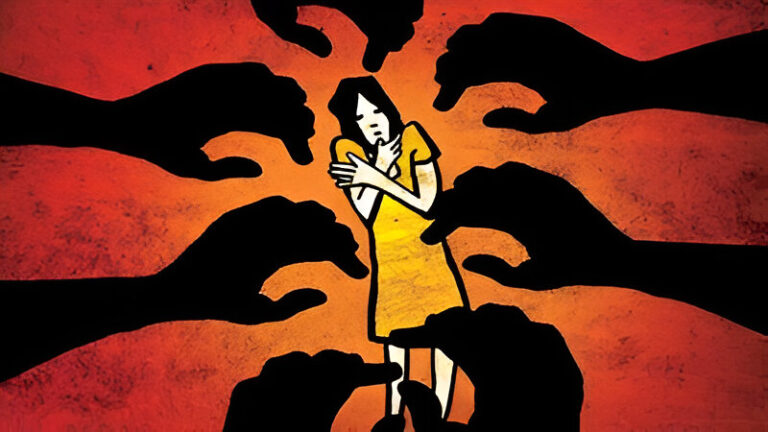Manipur: Gang member arrested with contraband drugs in Thoubal
On October 1–2, 2025, Manipur police teams conducting a special anti-narcotics operation in Thoubal intercepted a vehicle at a checkpoint in Lilong Ushoipokpi and arrested Md. Ejas Ahamed (29). Officers recovered a stolen Mahindra Thar, 20 soap-case packets containing 243 grams of heroin, a mobile phone with two SIMs, identity documents and cash. The accused has been booked for vehicle lifting and under the Narcotic Drugs and Psychotropic Substances (NDPS) (Amendment) Act, 2023.
- Tip-off & planning: Police say they acted on information coming from multiple sources and set up an operation in Thoubal district.
- Checkpoint established: Officers from the anti-narcotic squad together with Thoubal police commandos set up a check post at Lilong Ushoipokpi on the relevant day.
- Vehicle interception: A four-wheeler — a Mahindra Thar (registration AS 26F 0870) — was stopped at the check post. The vehicle was later determined to be stolen from the Imphal area.
- Arrest: The lone occupant, identified as Md. Ejas Ahamed (29) from Lilong Yangbi Leikai and residing in a rented house at Lilong Hangamthabi, was arrested.
- Recovery of contraband & items: From his possession police recovered 20 soap-case packets containing heroin (weighing 243 grams), one mobile phone with two SIM cards, an Aadhaar card and a wallet with about Rs. 1,500.
- Legal steps: He has been booked in cases relating to vehicle lifting and under the NDPS (Amendment) Act, 2023. Evidence was seized and investigations continued.
- Stolen Mahindra Thar (AS 26F 0870): A stolen vehicle is often the carriage that links drug hubs to distant buyers. Vehicles are currency in logistics—lose one and a delivery route stumbles. The fact that the Thar was taken from Imphal suggests the vehicle was being used for movement across the valley or as a drop vehicle
- 243 grams of heroin (in 20 soap-case packets): That’s not a tiny personal stash. Packaged this way, it indicates distribution intent—likely for local sale or short-route transport. Heroin in these quantities can be the seed stock for many smaller retail packets.
- Mobile phone + two SIMs: Phones and extra SIMs are the connective tissue of trafficking—tools to coordinate pickups, payments, and routes. Investigators will try to extract contact lists, messages, call logs and location breadcrumbs.
- ID card and cash: The ID helps place the accused, while the cash is often petty capital for quick transactions. Neither is decisive alone, but together they map a person’s life and possible networks.
The article names the arrested man as Md. Ejas Ahamed, 29, originally from Lilong Yangbi Leikai and renting in Lilong Hangamthabi. That’s the official identity presented by police. Whether he is a lone actor, a small-time peddler, or part of a wider gang will depend on forensic work on the phone, vehicle trail, and interrogations. The presence of a stolen vehicle and packaged heroin points toward organized activity rather than an accidental possession.
FAQs
Q1: Who was arrested in the Thoubal drug bust and what was recovered?
A1: Police arrested Md. Ejas Ahamed (29) from Lilong Yangbi Leikai, currently renting in Lilong Hangamthabi. From him they recovered a stolen Mahindra Thar, 20 soap-case packets of heroin totaling 243 grams, a mobile phone with two SIMs, an Aadhaar card and some cash. He was booked for vehicle lifting and under the NDPS (Amendment) Act, 2023.
Q2: Does this single arrest mean the drug problem in Manipur is getting worse or better?
A2: One arrest is a momentary disruption; it’s evidence that police are active. Whether the overall situation is improving depends on patterns over time—volume of seizures, prosecutions, dismantling of networks, and prevention measures. Single seizures are necessary but not alone decisive.
Q3: How did police catch the accused—was it random?
A3: According to police, the operation was intelligence-led. Teams set up a targeted checkpoint at Lilong Ushoipokpi based on tips and intercepted the vehicle described in those leads. That’s how the arrest was made.
Q4: Why does northeastern India often feature in drug-trafficking stories?
A4: The Northeast’s proximity to the Golden Triangle region and porous, complex border terrain makes it vulnerable to cross-border trafficking. Regional reporting and UN analyses point to rising synthetic drug production and trafficking in areas around Myanmar, making coordinated regional action essential.
Q5: What can communities do to help reduce drug trafficking locally?
A5: Communities can help by reporting suspicious activity through secure channels, supporting youth outreach and rehabilitation programs, cooperating with policing efforts while insisting on lawful, rights-respecting conduct, and promoting local education and employment options that reduce vulnerability to criminal recruitment.



